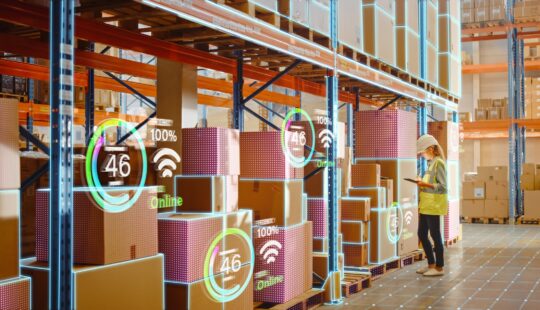A stable house needs a strong foundation. This principle also applies to every organization. Under the pressure of current economic instabilities, enterprises need to remain strong, stable, flexible, and adaptable. To build resilient, intelligent, sustainable, and socially responsible business models, a strong technological foundation for digital transformation is required.
With the right platform, enterprises can transform data into business value and drive more intelligent decision-making. Combined with the ability to easily integrate and extend applications, enterprises can develop new products, processes, and business models more quickly than ever. SAP Business Technology Platform (SAP BTP) can provide that strong, yet flexible, foundation for SAP customers.

SAP BTP in a Nutshell
SAP BTP is a cloud platform that is available and scalable in every region worldwide. It includes on-premise and cloud-native technologies and services and integrates four technology portfolios into one unified environment hosted and managed by SAP. These include:
- Application development and integration (SAP Extension Suite and SAP Integration Suite)
- Data management (SAP HANA Cloud and SAP Data Intelligence)
- Analytics (SAP Analytics Cloud solution for business intelligence and SAP Data Warehouse Cloud)
- Solutions for intelligent technologies such as artificial intelligence (AI) or robotic process automation (RPA)
SAP BTP offers what customers and partners need to develop new solutions and connect existing ones. “It’s basically what makes SAP applications work,” says JG Chirapurath, chief marketing and solutions officer for Platform and Technology at SAP.
What Makes SAP BTP Different from Other Cloud Platforms?
SAP BTP is fully optimized for SAP applications. It helps customers, partners, and internal development teams store and manage their data and gain valuable insights. In addition, applications can be created, extended, or integrated, and entire business processes can be optimized and automated.
The solutions provided take into account specific circumstances of different industries as well as local regulations. Unlike other cloud platforms, SAP BTP can add context to the data that is processed in business processes. This enables complete, real-time insights into the respective business contexts.
However, it doesn’t stop at business processes alone. All functions are natively integrated into the SAP software stack. This enables customers and partners to optimize the interaction of services and technologies. The leaner and simplified processes allow an accelerated innovation capability. With the help of preconfigured, industry-specific content, new solutions can be implemented and developed in much less time, which can significantly reduce costs. Many customers are looking to extend their solutions and add new functionality. Chirapurath emphasizes that low-code and no-code development tools are often desired for this purpose.
“You want to look at SAP BTP as the engine that enables those connections, enables you to understand how data flows, enables you to understand what is exactly happening inside your organization,” Chirapurath explains. SAP BTP can run in either a public or private cloud, providing the flexibility needed to extend the platform capabilities outside the “SAP world,” or on major hyperscalers such as AWS, Azure, or GCP.
Royal Greenland Shows How SAP BTP Supports Sustainability Goals
Today’s customers have changed needs and expectations. They demand individualized offers, want personalized experiences, and pay attention to sustainable and ethical business practices. To meet this change, companies need to transform their businesses digitally.
This is the case for Royal Greenland, a global leader in the market for seafood products that strives for a sustainable business model. Due to concerns about overfishing in the oceans, many consumers today want to know that seafood comes from responsible sources. The company’s goal is to ensure the health of the local ecosystem for fishery products while also prioritizing the prosperity of fishing communities.
Based on SAP BTP, Royal Greenland has developed three applications to streamline procurement processes for fishermen and support the company’s sustainability goals. The platform helps the company capture all data, including the location, quantity, and type of fish caught. This information is then fed into Royal Greenland’s enterprise resource planning (ERP) and supply chain system. With the help of analytics tools, managers now can get full visibility into fishing practices while ensuring that all fishermen are paid correctly.
In the interview, Chirapurath talks about other examples where SAP BTP is in use and making a difference. Among them is the SAP-sponsored esports team Team Liquid, which uses SAP data and analytics solutions to make split-second decisions in the game. He also talks about the SAP Sustainability Control Tower solution, which helps companies monitor and manage financial and sustainability and governance metrics.



